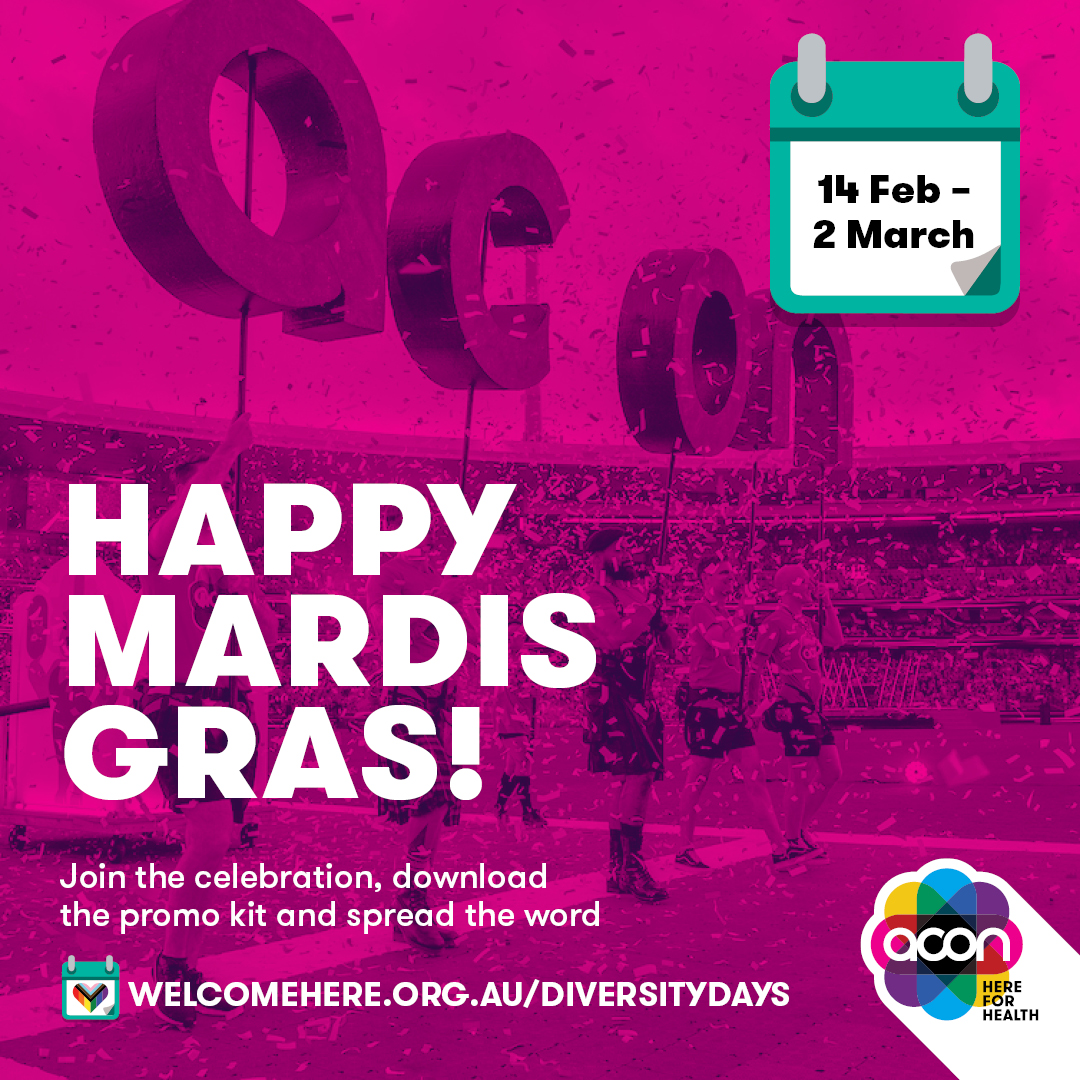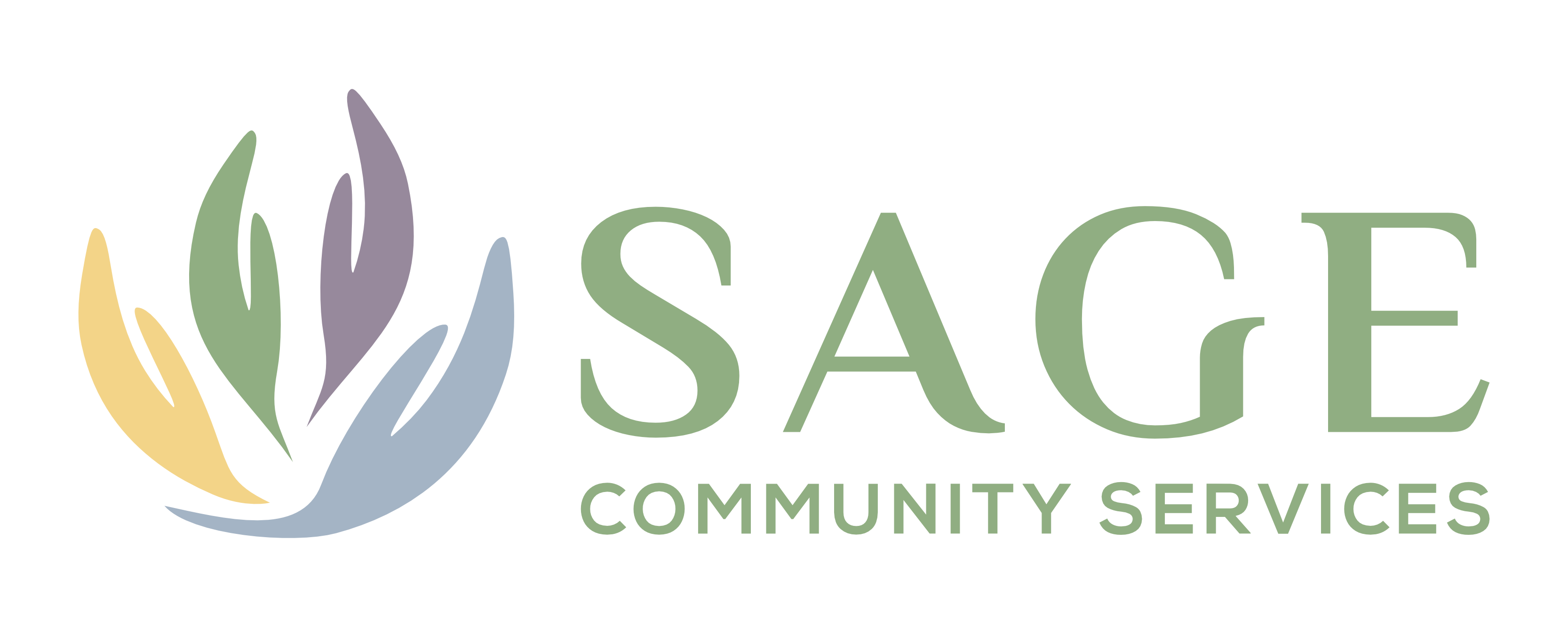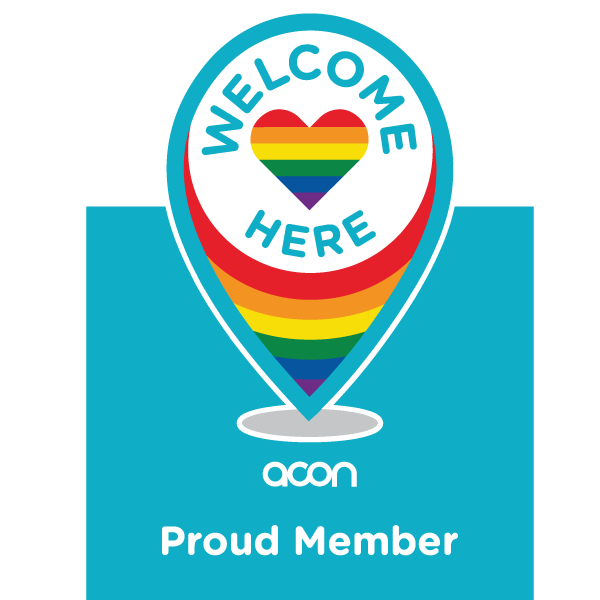
Mardi Gras parades continue to dazzle year after year, with more participants, more energy, and more sparkle than ever before. But beyond the glitter and sequins lies a rich history and a deeper significance.
What drives this spectacular tradition, how did it begin, and what important aspects should we always remember beyond the celebration?
The term ‘78’ers’ refers to the courageous individuals who first organized as a collective in Sydney in 1978 to advocate for LGBTQIA+ rights. They wanted to raise awareness of queer culture, highlight discrimination and violence against the community, and commemorate the anniversary of the 1969 Stonewall riots in New York.
On that historic Saturday night, people gathered at Taylor Square, some dressed in fancy dress, while a flatbed truck with a sound system provided music. The parade moved down Oxford Street toward Hyde Park, drawing supporters from local venues along the way. Despite having a permit, police intervened, harassing participants, seizing the truck, and arresting its driver. This pivotal moment laid the foundation for ongoing advocacy and the evolution of Sydney’s vibrant LGBTQIA+ celebrations.
In response, 1,000 participants marched up William Street to Darlinghurst Road in Kings Cross, where police arrested 53 individuals, many of whom suffered violence. Personal details, including names, addresses, and occupations, were published in the media, leading to job losses, housing insecurity, and, tragically, some taking their own lives.
The first Mardi Gras , like the Mardi Gras of today, was not solely attended by gay men and lesbians—many others stood in solidarity, including Kings Cross residents, First Nations peoples, rough sleepers, and sex workers, all united in the fight against injustice.
Later that year, an additional 125 people were arrested during marches and rallies calling for the charges to be dropped. Growing public support and positive media coverage led to the dismissal of the first charges by October 1978, with the remaining charges dropped by the end of 1979. These events ultimately contributed to changes in laws, making it easier to obtain permits for street marches and parades, paving the way for the Mardi Gras we know today.
In Australia, homosexuality remained illegal in New South Wales until 1984, and LGBTQIA+ individuals faced widespread discrimination, including the risk of losing their jobs if seen at public demonstrations. As a result, nighttime events became a safer and more accessible way to rally for change. Additionally, homosexuality was classified as a mental illness in the Diagnostic and Statistical Manual of Mental Disorders (DSM) until it was officially removed in 1987. The Stonewall Riots and the activism that followed laid the foundation for ongoing advocacy and progress in LGBTQIA+ rights worldwide.
“It was like a stone dropped in a pond, and its ripples spread.”
The efforts of the Stonewall Rioters, the ‘78ers, and countless LGBTQIA+ advocates worldwide have paved the way for greater freedom of sexual and gender expression today. While the Mardi Gras parade has evolved over the years, sometimes appearing more commercial than its grassroots origins, its impact remains profound. For many—especially those from rural or isolated communities—participating in the parade is a powerful and affirming experience, allowing them to celebrate their identity openly, often for the first time. This moment of visibility and acceptance happens for thousands of people every year.
However, the fight for equality is far from over. Discrimination, bullying, and violence against LGBTQIA+ individuals still persist. These individuals are not just part of a community—they are our neighbors, friends, and family members. In an era of shifting global politics and rising conservatism, it is more important than ever to celebrate diversity, foster inclusion, and create a world where everyone feels safe and valued.
Click here to find out more about the Sydney Gay and Lesbian Mardi Gras!

SAGE Community Services is committed to supporting LGBTQIA+ individuals, including employees, clients, and the broader community.
We strive to provide a safe, inclusive, and welcoming environment for all, regardless of sexual orientation or gender identity.
SAGE Community Services is a proud member of the ACON Welcome Here Project, which supports businesses and services throughout Australia to create and promote environments that are visibly welcoming and inclusive of lesbian, gay, bisexual, trans, and queer (LGBTQ+) communities.
Click here to find out more about the Welcome Here Project

